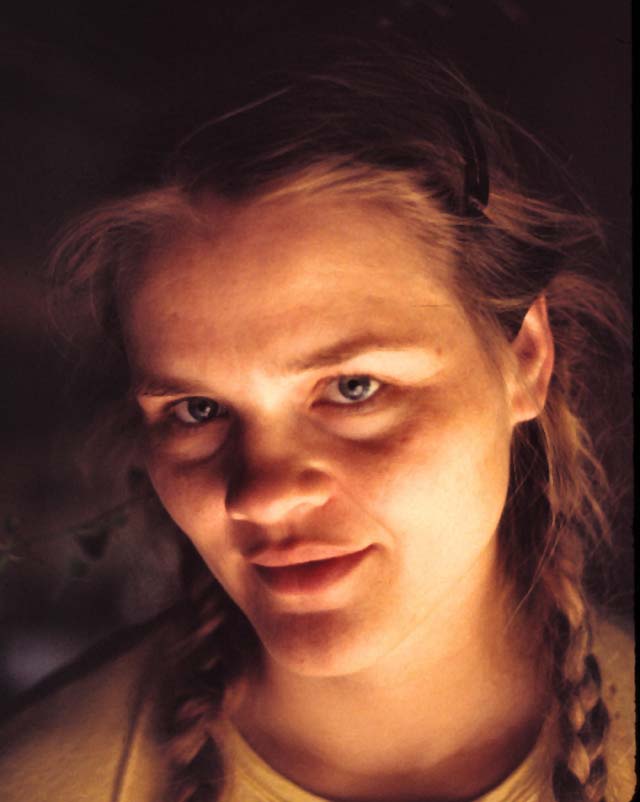Then, as a young mother, I discovered that I could get cash for old newspapers in San Diego. It became my routine on trash day to cruise around my neighborhood and pick up all the neatly tied up bundles of newspapers left out on the curbs. I'd combine them with the papers I'd saved from my daily delivery and usually I'd earn enough money to buy milk for the week. It was extra work, but totally worth it! I kept those newspapers out of the landfill and I got something important for my efforts.
Well, I'm still a recycling fiend. I save all the plastic bottles at school in bins that I've strategically located around the school and bring them home to set out on my curb for the fortnight pick up. I don't earn any money from it, but, again! Less landfill debris, and plastic can be used over and over. I've also started recycling something else from the school: celery.
Yes, in the effort to introduce a more healthy school lunch, about every two weeks the students are served celery sticks in little cellophane bags and offered ranch dressing in which to dip it. However, at least one half of the celery sticks are simply dumped into the trash can. It makes me cringe! So, during my ten minutes of supervision at the end of the lunch session where my students eat, I wander around dispensing napkins and sporks and picking up trash and asking, "Are you going to eat your celery?" And those who answer in the negative hand it over to me, looking a bit confused. The first couple of weeks, students asked me if I ate it all. Then, I began to explain that I just took it home and cooked with it.
By this week, everyone knew that Mrs. [EarthSignMama] would take your unwanted celery and they began to pile it up on their tables, informing all their friends that there was someone who did want it. I do use it: last weekend, I made a huge pot of the most delicious vegetable broth. I ended up with quarts of it and it sits in my freezer. Tonight I added a pint to some leftover stew to increase the moisture and not take away the flavor.
I just cut up an onion, lots of garlic, a huge pile of celery diced, and started that cooking in some olive oil in the bottom of a big soup pot. Then, I scrubbed, but didn't peel, several carrots and a couple of potatoes. These were diced up and tossed into the oil. I cut up one bunch of parsley, quite a bit of basil from the last of the plants in my garden, a handful of thyme that is still growing there, too, and tossed in several bay leaves. All the herbs and veggies were coated and warmed in the olive oil by then, and the delicious scent was filling the house. Into this I poured several quarts of water, a tablespoon of salt and a lot of fresh ground pepper. I put on the lid and let it simmer for about an hour. After it cooled down, I strained the broth into containers and put it into the freezer.
It is delicious, nutritious and handy as can be. We also used some of the carrot and potatoes and celery and I made a vegetable soup for supper by putting some of the broth and adding a can of diced tomatoes. I used tiny shell noodles and it was unbelievably good. You could also roast the veggies and add parsnips or turnips before you simmer them in the water--that would add another element to their yummy taste.
So, use it up, wear it out, make it do, or do without---that old pioneer-y motto that our grandmothers used to repeat---it still works! Use up the extra stuff---don't throw it away. Figure out if you can use or reuse it, or give it away to a thrift store, and put all the extra uncooked fruit and veggie bits in your composter. That's where quite a bit of the celery goes, because some of it gets icky before I can use it all in tuna casserole or hamburger stew or whatever. But, hey---I use the compost to refresh my garden every spring and I grow new vegetables. So that celery is part of the circle of life, instead of languishing inside a little cellophane bag, inside a big black trash bag, underneath the layers in the landfill.
These were the sort of groovy clothes I craved in high school.



No comments:
Post a Comment